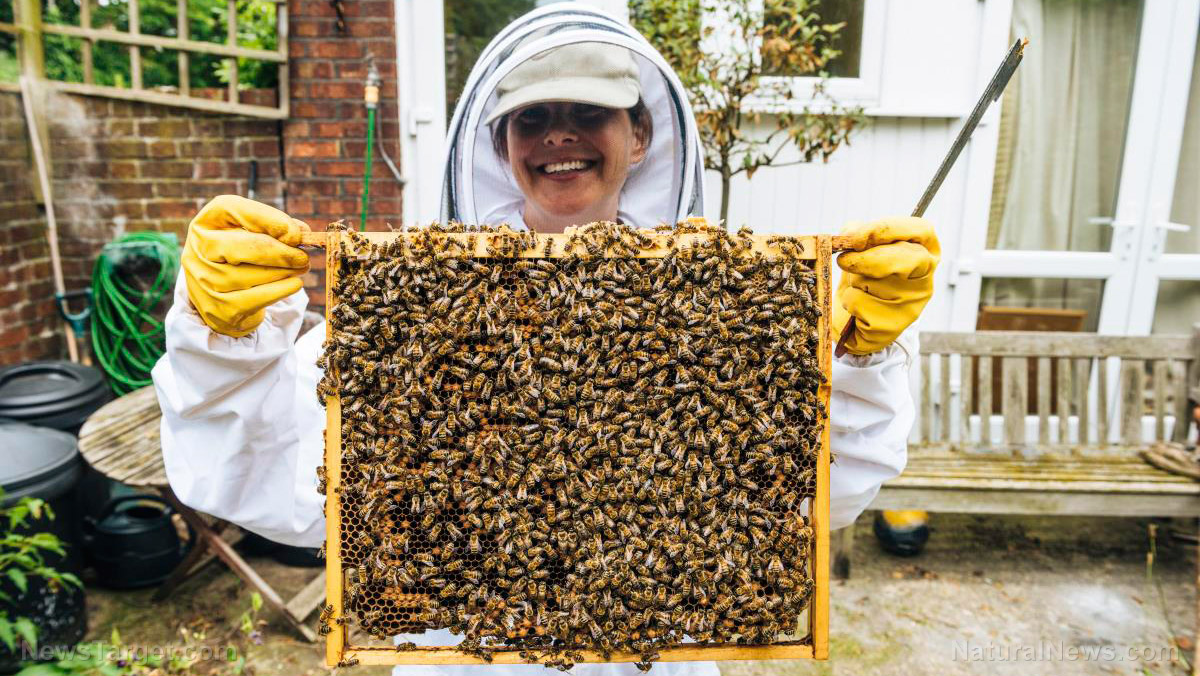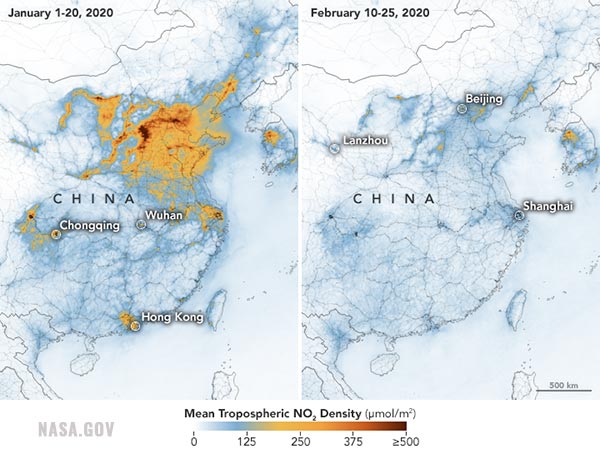Scientists now claim coronavirus is affected by weather and climate
06/13/2020 / By Franz Walker

A new study suggests that the Wuhan coronavirus (COVID-19) is seasonal, spreading much faster in specific weather and climate conditions and dying out when it gets warmer or colder.
Researchers from the University of Maryland School of Medicine (UM SOM) found that the cities heavily affected by the virus during the start of the pandemic were situated on a similar band of northern latitude. These cities also experienced cold temperatures and relatively low humidity from January through March.
According to the researchers, this implies that the coronavirus behaves similarly to seasonal viruses such as the flu and spreads more rapidly in the winter and early spring months.
Cities within a certain latitude were hit harder
For their study, published in JAMA Network Open, the researchers collected climate data from 50 cities around the world from between January and March of this year.
The team identified eight cities with “substantial” spread of the virus: Daegu, South Korea; Madrid, Spain; Milan, Italy; Paris, France; Qom, Iran; Seattle, USA; Tokyo, Japan; and Wuhan, China. Substantial, in this case, was defined by the researchers as a country having reported at least 10 deaths from the coronavirus by March 10.
These climate data from these cities was compared with that of 42 cities that were less affected by the virus. To do this, the team used climate data, such as temperature and humidity, from the European Centre for Medium-Range Weather Forecast’s ERA-5 reanalysis.
From November 2019 to March 2020, the eight cities in question were on a narrow band of latitudes between 30’ N and 50’ N. In comparison, cities north and south of this band did not see as rapid a spread of the coronavirus.
With this data, the researchers then looked at the 2-m temperature — that of the surface where most human activity takes place — of the eight cities. They found that the average temperature in these cities between January 2020 and February 2020, as recorded by airport weather stations, was between 39 F and 48 F.
Meanwhile, the average temperatures 20 to 30 days before their first community deaths in these cities were reported were roughly the same, ranging from 37 F to 48 F. At the same time, the cities also had similarly low amounts of specific humidity.
“All the temperatures for the eight locations being in such a close range was a little surprising,” co-author Dr. Mohammad Sajadi, an associate professor at the Institute of Human Virology at UM SOM, told the Daily Mail.
“I was not expecting the temperatures to be so close and the humidity ranges to be so close,” he added.
According to Sajadi and his team, this means that the coronavirus behaves like a seasonal respiratory virus such as influenza, peaking in cold weather and dying out when it gets warmer.
New study runs counter to what previous studies have said
While the UM SOM team proposed that the coronavirus is seasonal, other studies have stated otherwise.
In April, a study of the virus’s spread in Chinese cities by researchers from Fudan University found no correlation between its spread and the temperature and amount of UV radiation in those cities.
A similar study conducted by researchers at the Harvard Medical School, this time looking at data from U.S. cities, also came to the same conclusion.
The reason why the UM SOM study came to a different conclusion, however, could come down to the cities they looked at. This latest study looked at a range of cities not limited to a single country — the temperature and climate differences between the cities sampled in the earlier studies may not have been enough to affect the virus.
Should the study’s results be verified, Sajadi believes that climate and weather data can be used in future models to help predict the spread of the pandemic.
Sources include:
Tagged Under: Climate, coronavirus, covid-19, disease, flu, humidity, infections, outbreak, pandemic, seasonal flu, Study, summer, superbugs, temperature, virus, weather



















